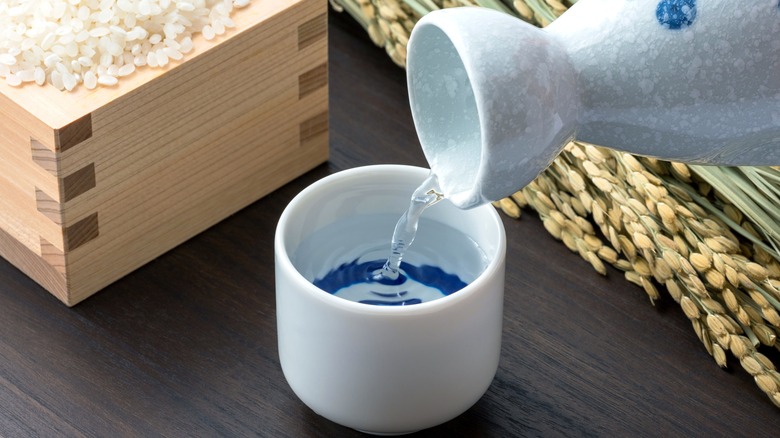What Is The Shelf Life Of Sake Once It's Open?
Like any fermented drink, sake's taste varies over time. Stored properly, an unopened bottle can last a couple of years. However, its shelf life shortens considerably once the cap is removed. Of course, keeping your sake's freshness in mind is essential for the best experience.
Shelf life can vary considerably, but the consensus among sake enthusiasts is that once opened, a bottle should be finished off within one to two weeks. Much like red wine, which also has a limited lifespan after opening, exposure to air leads to oxidation, which degrades sake's overall flavor and aroma. Unpasteurized (nama) sake is particularly vulnerable, as its raw state leaves it more readily exposed to spoiling.
Several factors, including fluctuating temperatures, exposure to air, and UV light, influence oxidation. The fullness of the bottle has an impact as well. A nearly full bottle holds less air relative to the amount of liquid. Consequently, it will not oxidize as fast as an almost-empty bottle.
How can you tell if sake has gone bad?
Sake doesn't exactly "go bad" since it doesn't degrade to the point of being dangerous. However, its taste may become considerably worse. When assessing your opened sake's drinkability, there are clues to look out for. The most obvious among them is color. If your sake was clear when you bought it, but it has taken on a yellow or gray tint, it's starting to show its age.
Opening the bottle and giving it a whiff is a good indicator as well, as old sake can have a stale, vinegary, or even moldy smell. Look out for particles, too. Old sake can develop sediments that float in the liquid. Of course, this doesn't count if you're drinking filtered sake, which tends to look cloudy.
Storing your sake correctly is integral to ensuring it lasts. It's generally recommended that once opened, sake is stored in a fridge to keep it consistently cool and away from direct sunlight. If you have a partial bottle, transferring your sake to a smaller container helps to reduce contact with air and delay the oxidation process.

